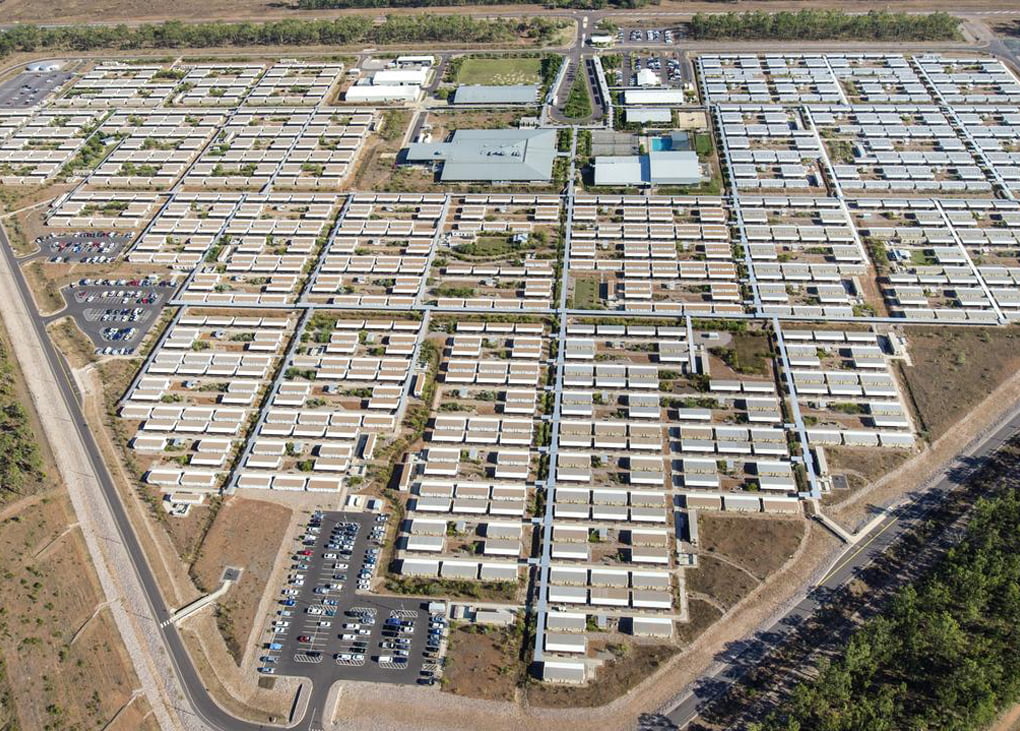Australian governments must construct purpose-built COVID-19 quarantine facilities in every state regardless of the nation’s progress with vaccinations.
So argues leading epidemiologist at UNSW Sydney, Professor Mary-Louise McLaws, who says the buildings could be constructed relatively quickly and cheaply as modular structures using prefabricated components.
Although the federal government has now agreed to fund a purpose-built quarantine hub in Victoria, Prof. McLaws says such facilities are required in all states to prevent breaches of COVID-19 into the community.
“Until we have purpose-built quarantine centres built in each capital city, I would urge the authorities in the meantime to develop national best practice across all states and territories,” says Prof. McLaws, an adviser to the World Health Organization Infection Prevention and Control for COVID-19.
“This should start with tightening up those weaknesses in the current system that can be improved immediately with the vaccination of all hotel quarantine staff and all their households.
“And an urgent area for improvement is identifying the best facilities for returned travellers – hotels with superior air changes and windows that open – and by placing guests on one side of the corridor with a vacant room in between, while relocating all guests from a single room as soon as one of their group tests positive.”
The statements reflect persistent concerns over the suitability of hotels as quarantine facilities – and over the various outbreaks that have occurred, despite a number of ventilation and engineering reviews. Prof. McLaws says hotels simply do not meet hospital standards for dealing with highly infectious diseases.
“An average-size infectious ward must have at least 10 full clean air changes per hour per person, and that ward must not act as a positive-air-pressure room when doors are open,” Prof. McLaws says. “So a hotel room that does not meet the air change per hour per person increases the chances of opportunistic aerosol spread.”
She says the solution is to design and construct purpose-built quarantine facilities that maximise ventilation while minimising chances of returning travellers from infecting other travellers or staff. This must be augmented with frequent testing.
“Ideally these buildings would be single-storey with natural airflow and separate buildings for travellers who test positive to the virus,” Prof. McLaws says. “The current hotel rooms should be equipped with air conditioners that can meet 10 air changes per hour per person.”
The quarantine facilities in Darwin’s Howard Springs are considered a quarantining success story. Although they don’t fit the design brief that Prof. McLaws is suggesting, the precinct accommodates a maximum of 2,000 people per fortnight.
“The cost of a lockdown in NSW and Victoria is $1 billion a week,” Prof.McLaws says. “In Victoria it was estimated that they could make a purpose-built quarantine centre with 3,000 beds for $700 million. And now they’re in their fourth lockdown, this time because of the failings of hotel quarantine in another state. That is why it’s so important that all states make custom-built quarantine systems a priority.”
 Matt Dillon
Matt Dillon


Leave a Reply